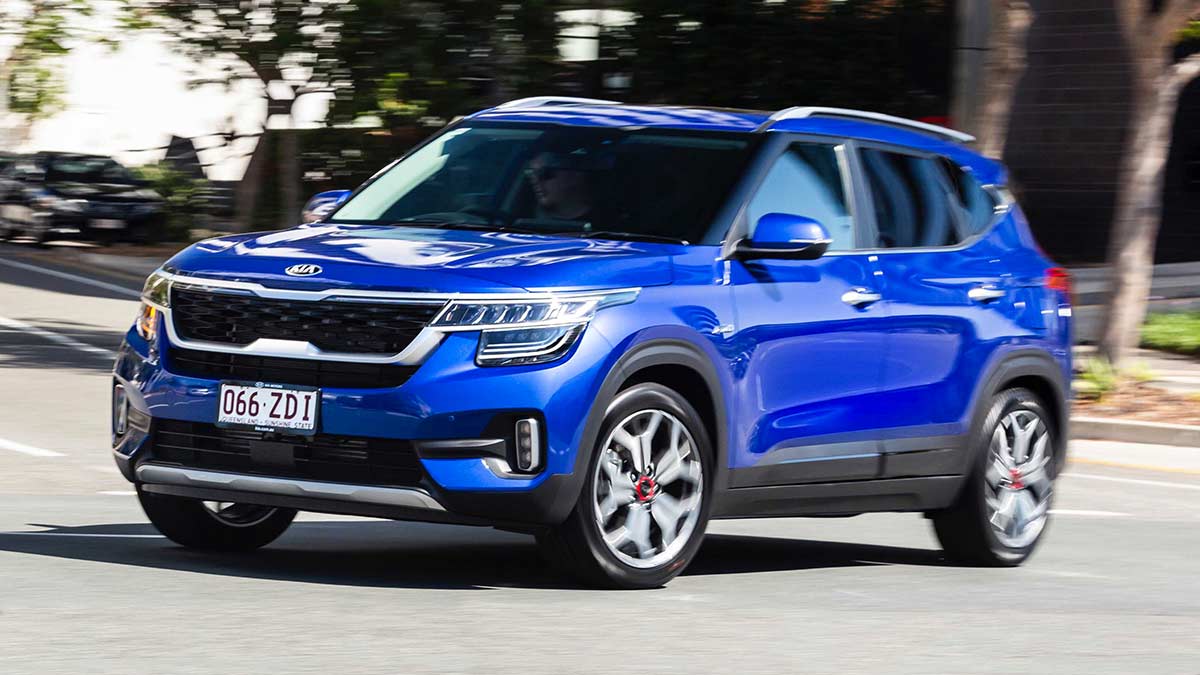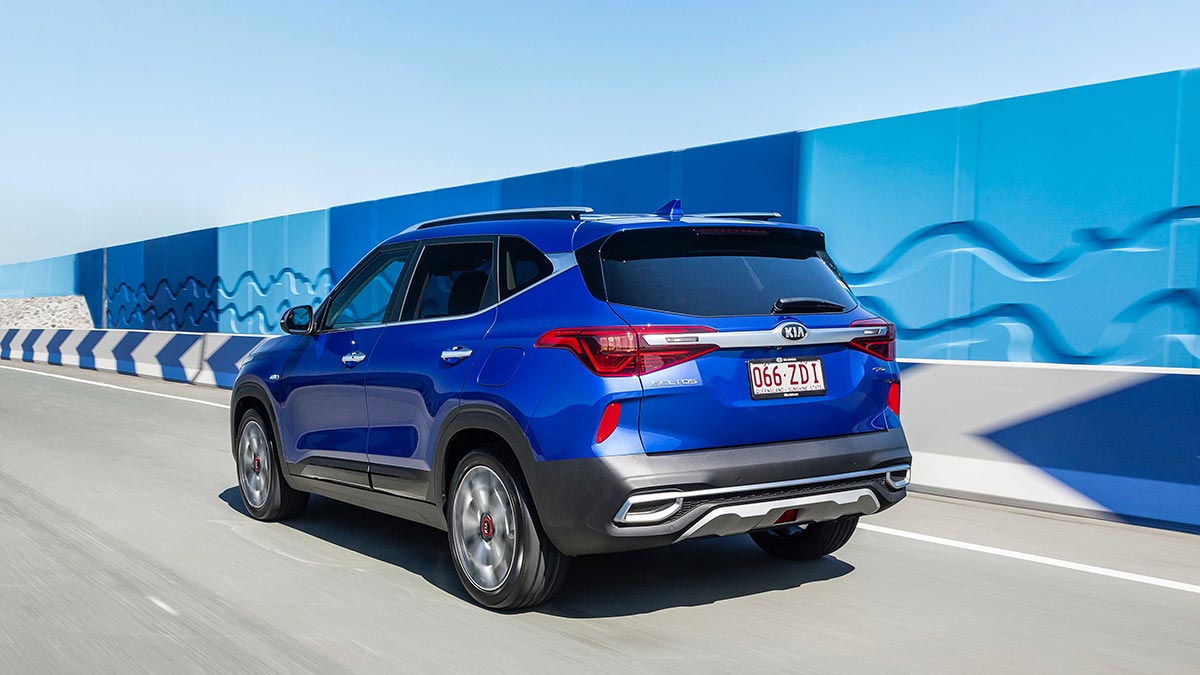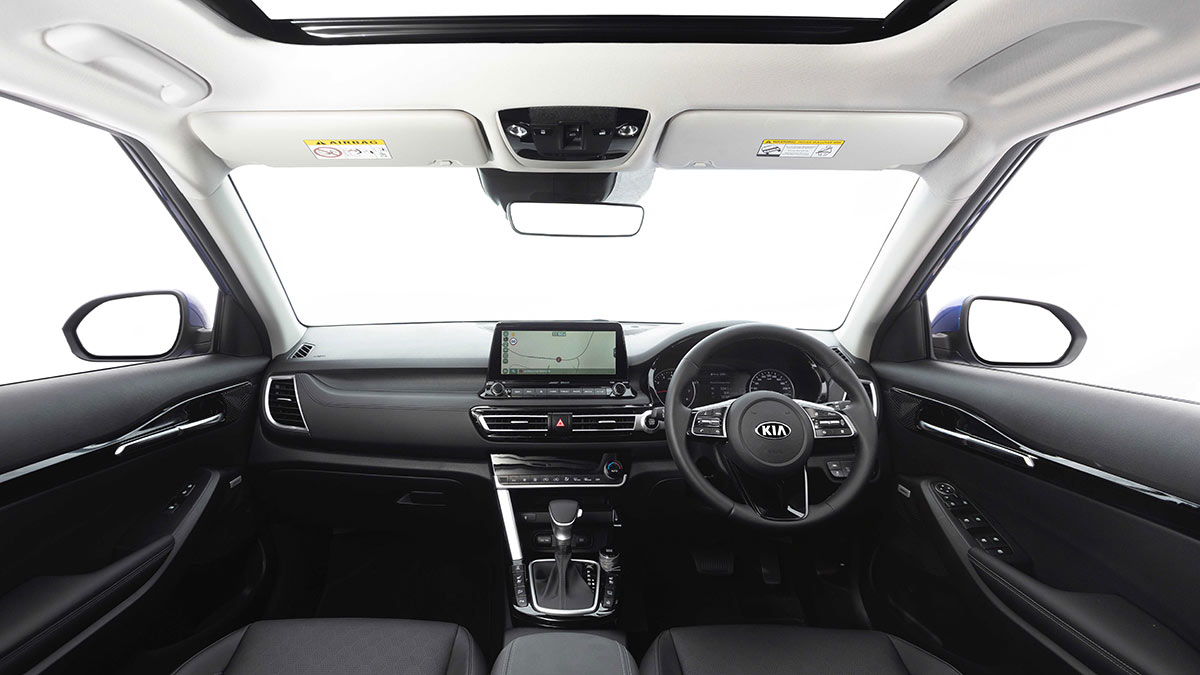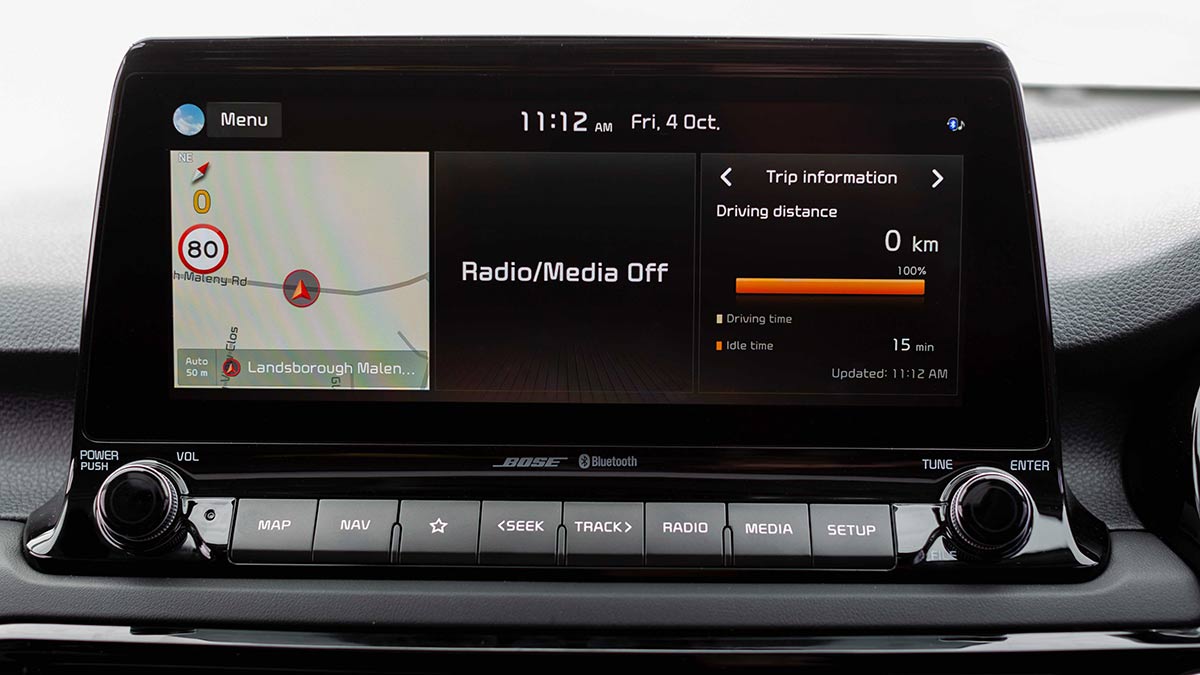The Foton Tunland joins Australia's dual-cab ute market as an affordable mild-hybrid diesel under $50,000, offering strong capability against tough competition.
First drive: Kia Seltos 2019 launch review

Tim Nicholson checks out the new Kia Seltos small SUV.
Kia is one of the last major car brands to enter the burgeoning small SUV market. It might be late to the party, but it has arrived with a bang. The Seltos sits under the Sportage medium SUV and competes with larger small SUV rivals like the Nissan Qashqai and Honda HR-V as well as smaller offerings like the mechanically related Hyundai Kona.
In this article
How much is it and what do you get for the price?
To appeal to younger buyers, Kia has packed the Seltos with lots of infotainment and tech gear. Apple CarPlay/Android Auto housed in an eight-inch touchscreen are standard from the base variant up and flagship grades get a bigger 10.25-inch screen, wireless phone charging, sat-nav, digital radio and a Bose eight-speaker audio system. (Click here for Australia's cheapest family cars for 2019.)
How safe is it?
The Seltos is yet to be tested by ANCAP for crash safety. Standard safety gear across the range includes autonomous emergency braking with car and pedestrian avoidance, door-opening warning for passing vehicles, including bikes, lane-keep assist, driver-attention alert and reversing camera. Higher grades add blind-spot detection, lane-change assist, rear cross-traffic alert and lane-following assist.
What's it like inside?
The Seltos’ dimensions are similar to a Nissan Qashqai, but Kia says it has the most spacious cabin in the segment. That claim is unsurprising given the head, leg and shoulder room in both rows. Boot space of 433 litres (498 litres in variants with a space-saver spare wheel) is also a winner, beating the Qashqai by three litres.
The modern and uncomplicated dash is an appealing evolution of current Kias such as the Cerato. Seats in base grades are more comfortable than the top-spec GT Line which has firmer faux leather seats.
What's under the bonnet
The Seltos S, Sport and Sport+ use a 2.0-litre naturally aspirated four-cylinder petrol engine delivering 110kW@6200rpm of power and 180Nm@4500rpm of torque. It drives the front wheels via a new continuously variable transmission. The other powertrain is a detuned version of the widely used 1.6-litre four-cylinder turbocharged petrol pumping out 130kW@6000rpm and 265Nm@1500 to 4500rpm, paired with a seven-speed dual-clutch transmission driving all four wheels.
How does it drive?
Pleasingly, the 2.0-litre unit feels much punchier and more responsive than it does in the Hyundai Veloster Turbo. The CVT acts like a normal torque converter auto and is a great match for the engine. The 1.6-litre is sprightly, but the dual clutch and turbo produce lag from take-off. It also feels heavier on the road than the 2.0-litre.
Ride quality is better in the 2.0 litre thanks to larger-profile tyres, but the 1.6-litre still has a comfortable ride. The Seltos’ height makes for some body roll in bends, but it handles admirably for a small SUV, thanks in part to Kia’s Australian engineering team which tuned the suspension and steering.
The big surprise is cabin noise. There’s been a big focus on suppressing exterior noise with the Seltos and it has worked a treat. It’s a dramatic improvement over its noisy Cerato stablemate.







